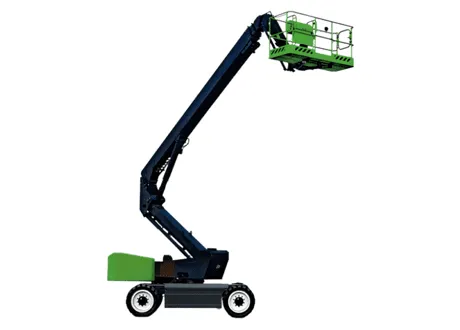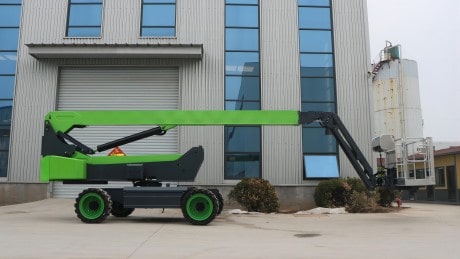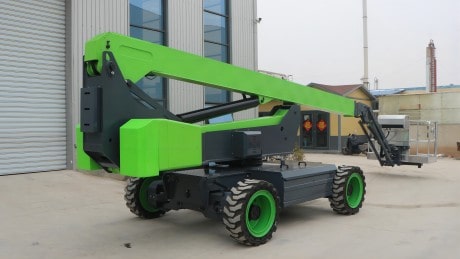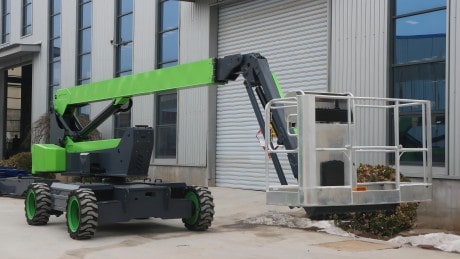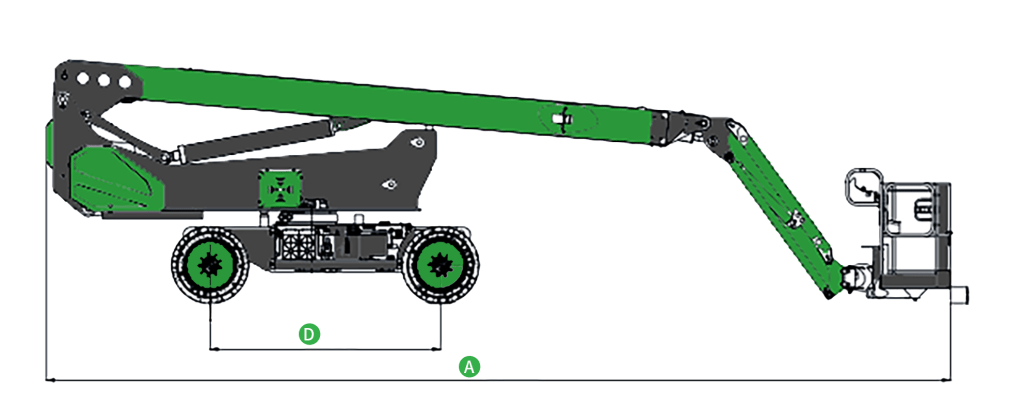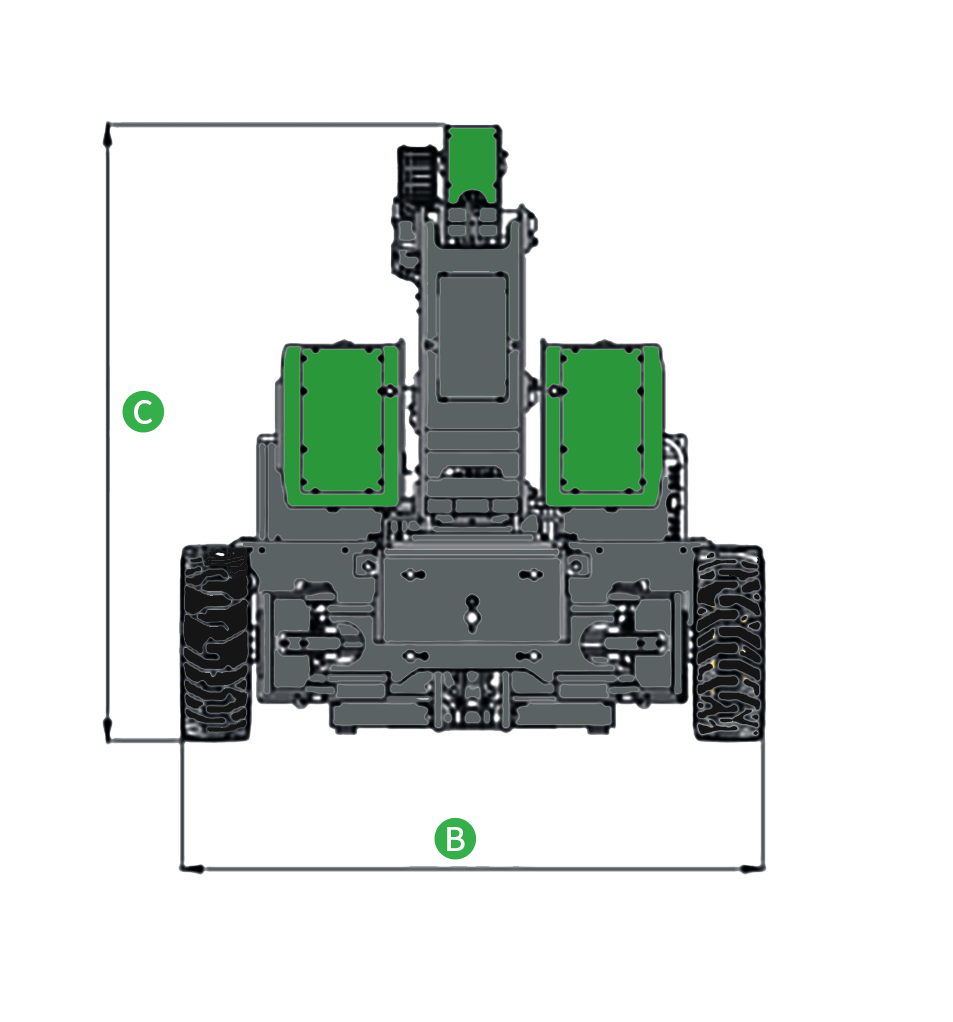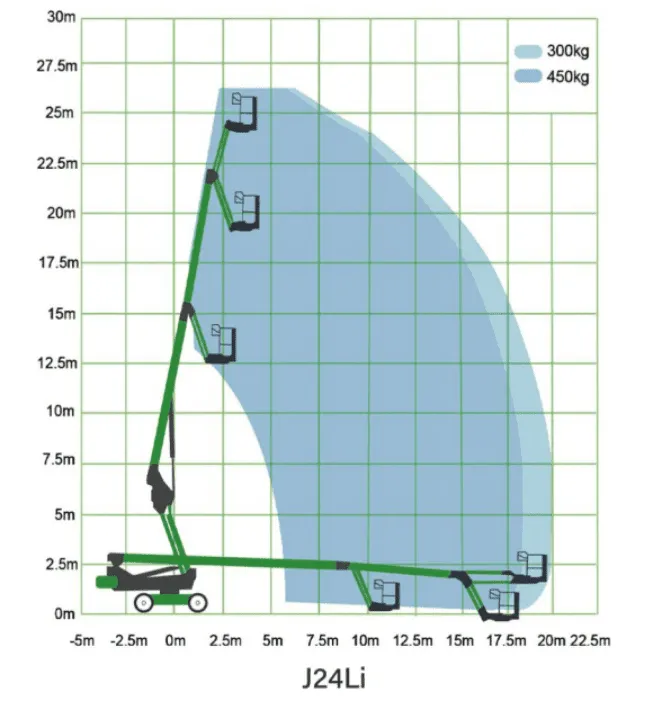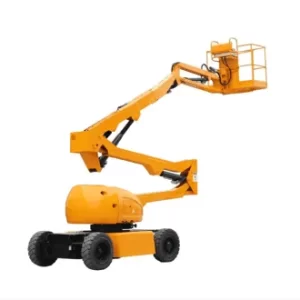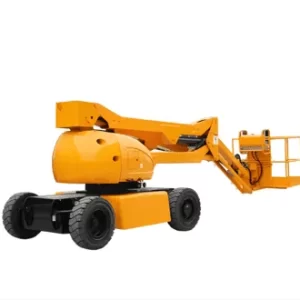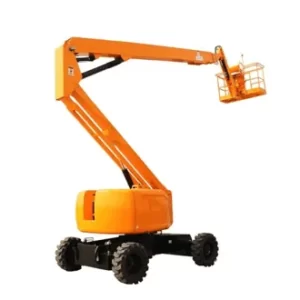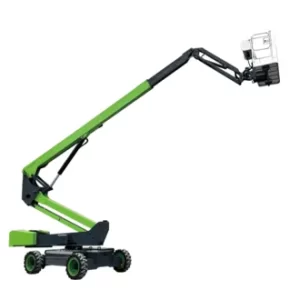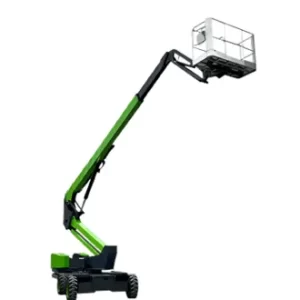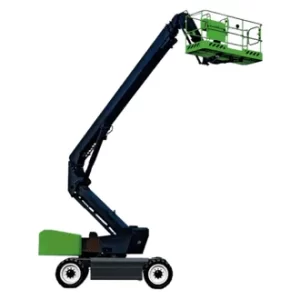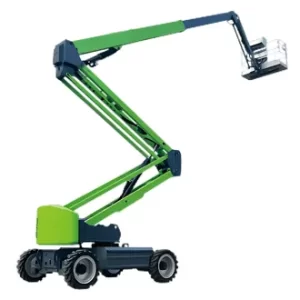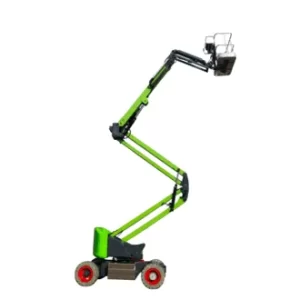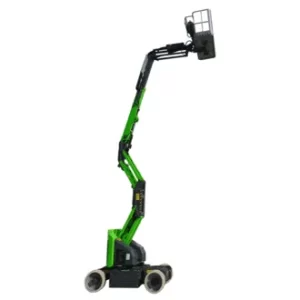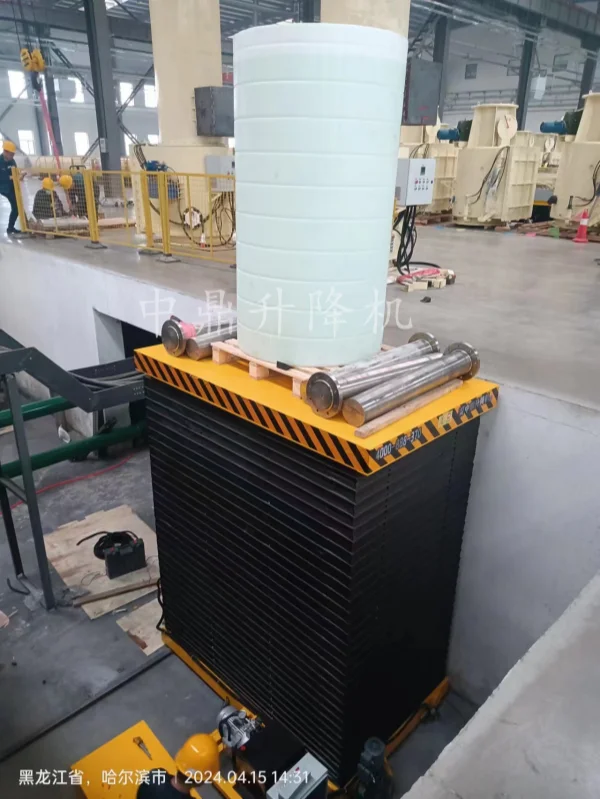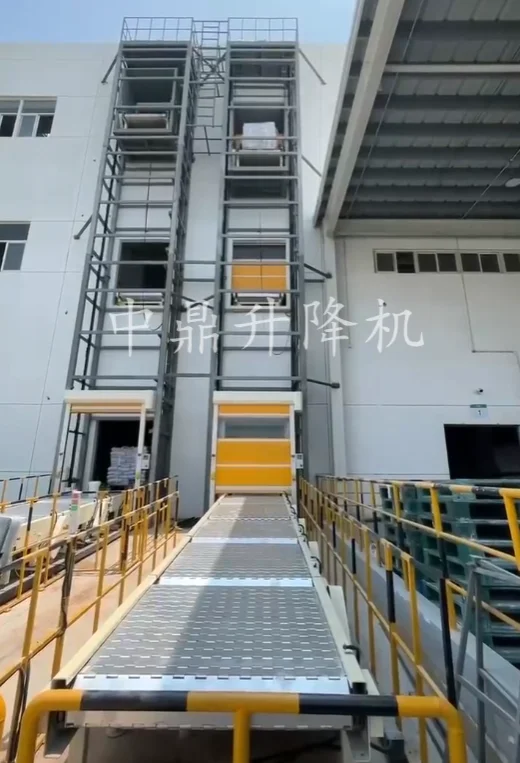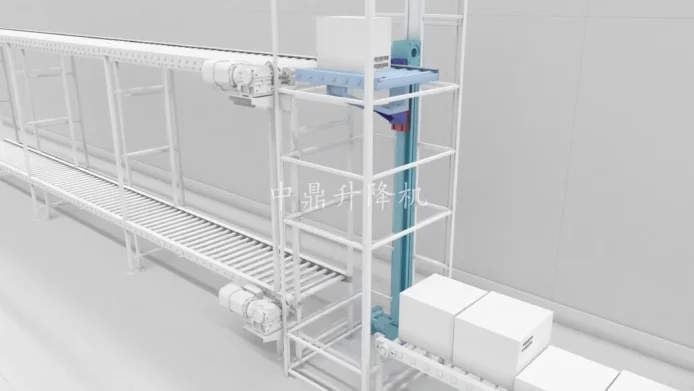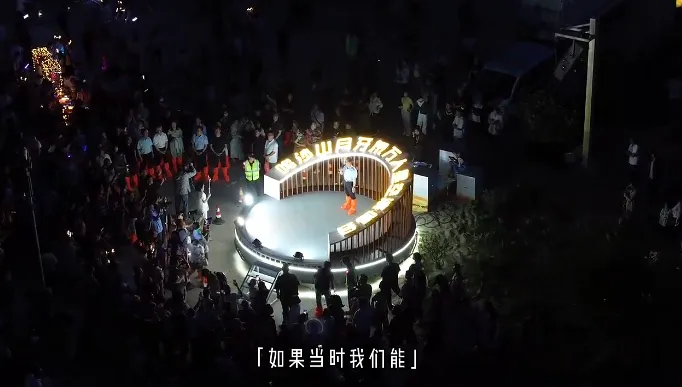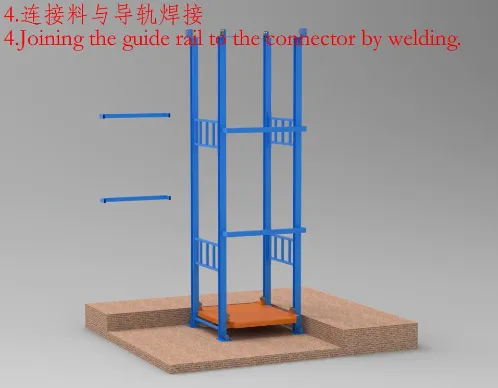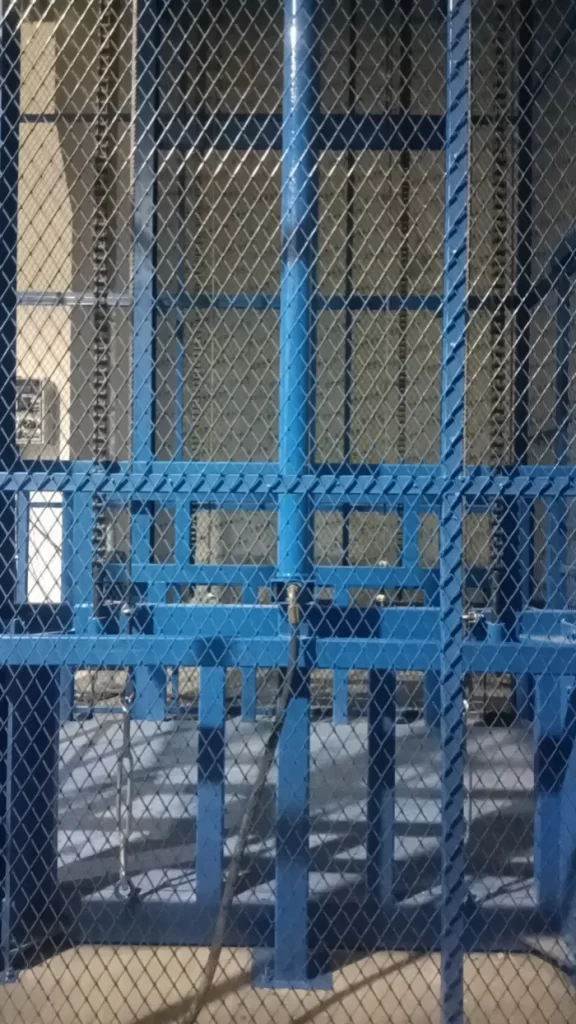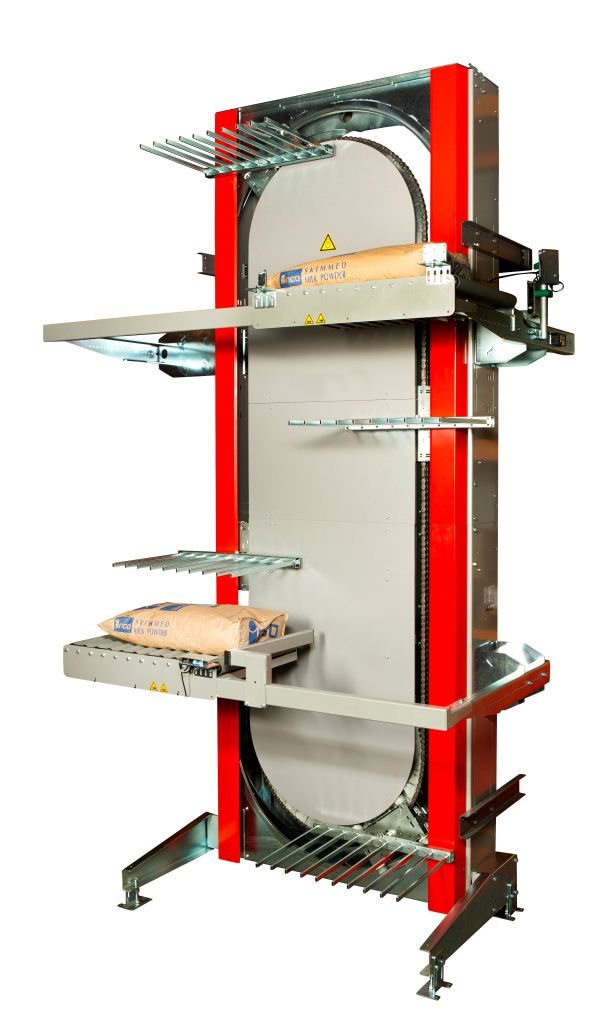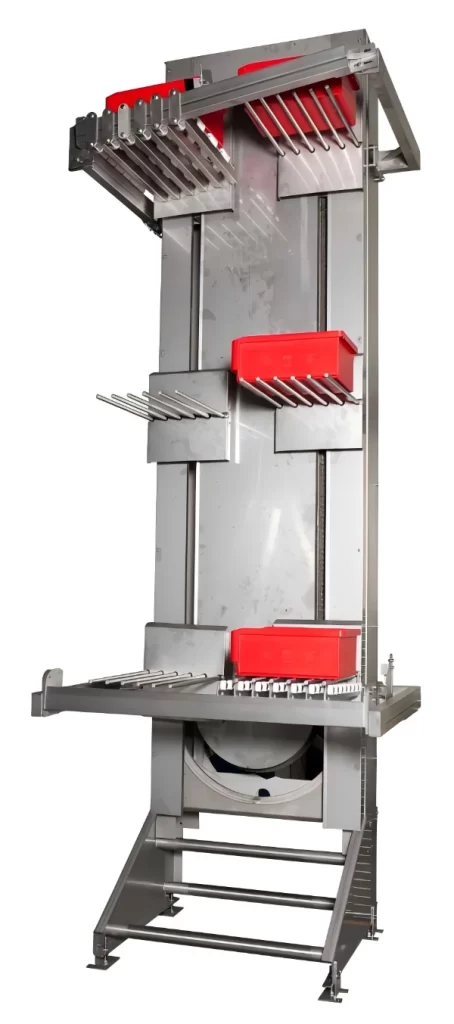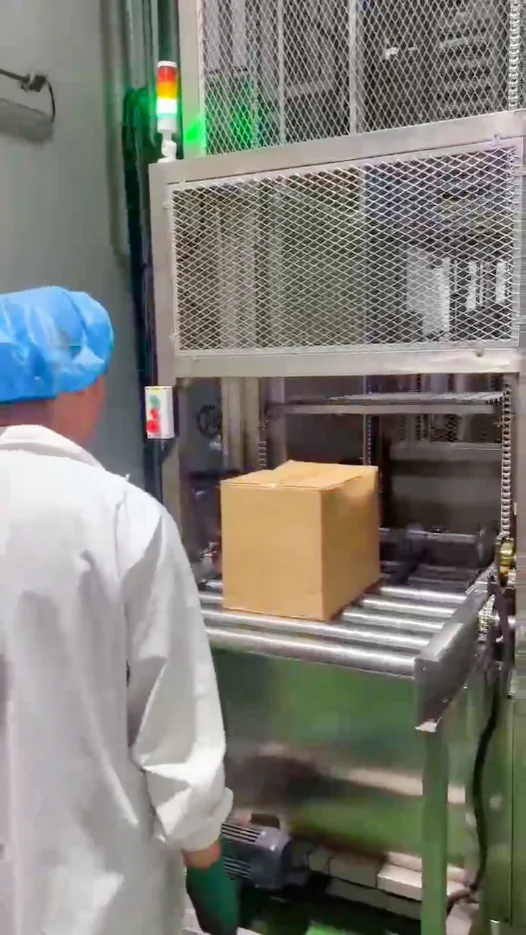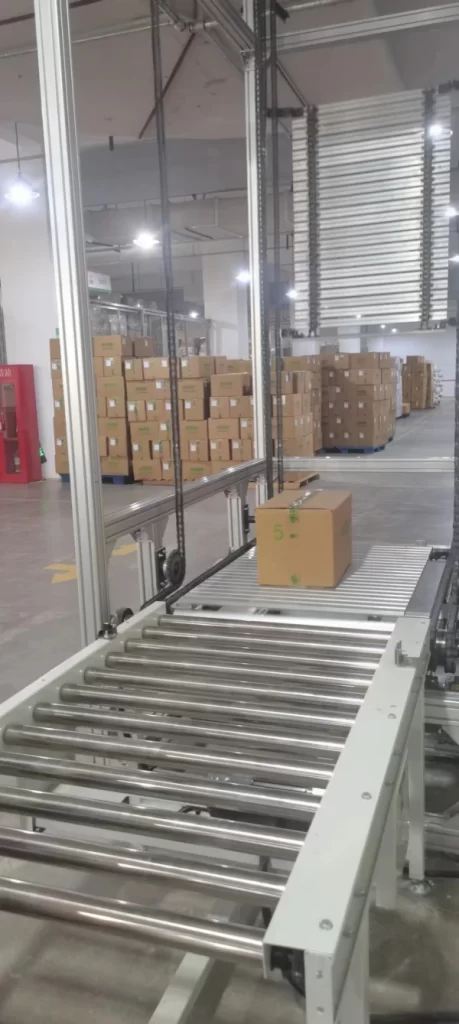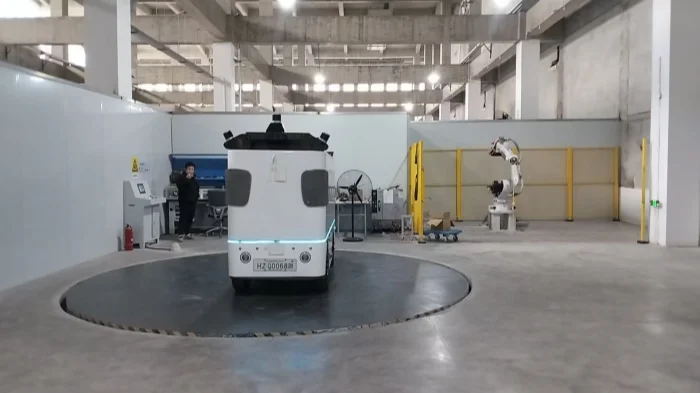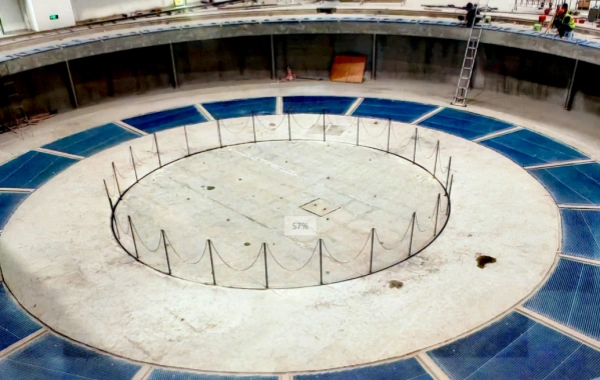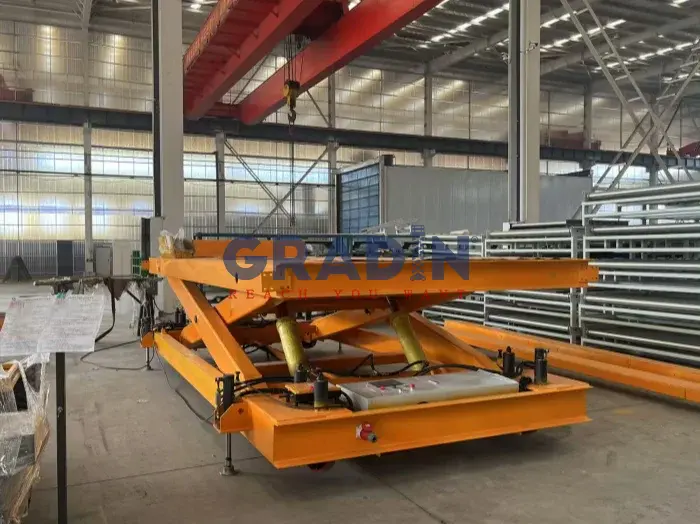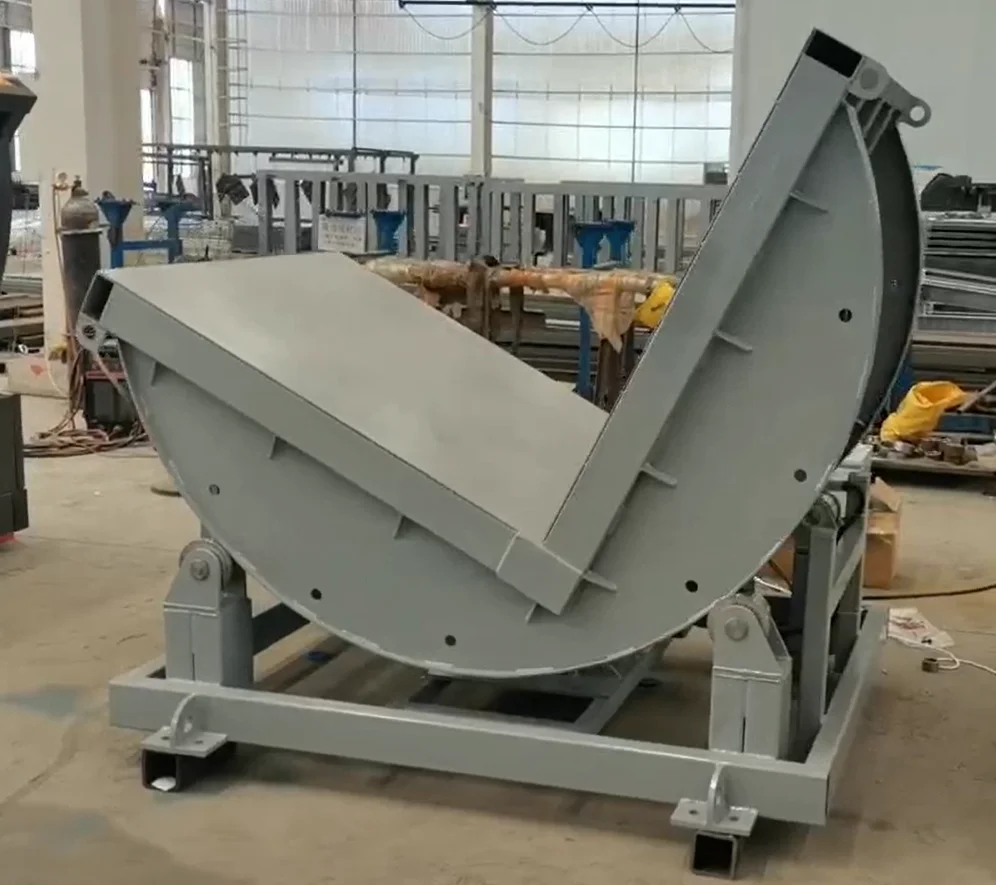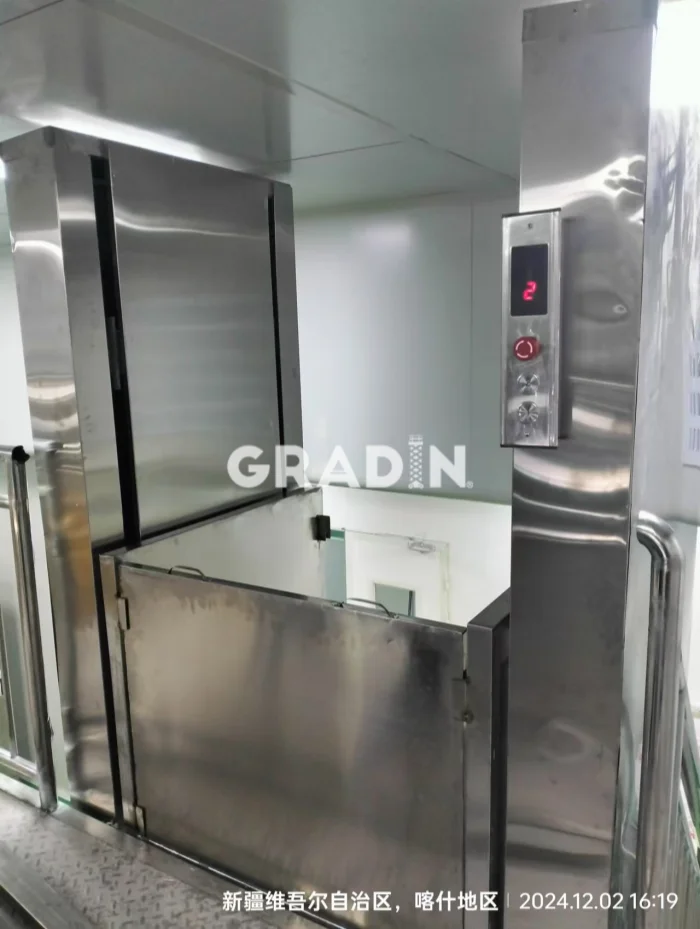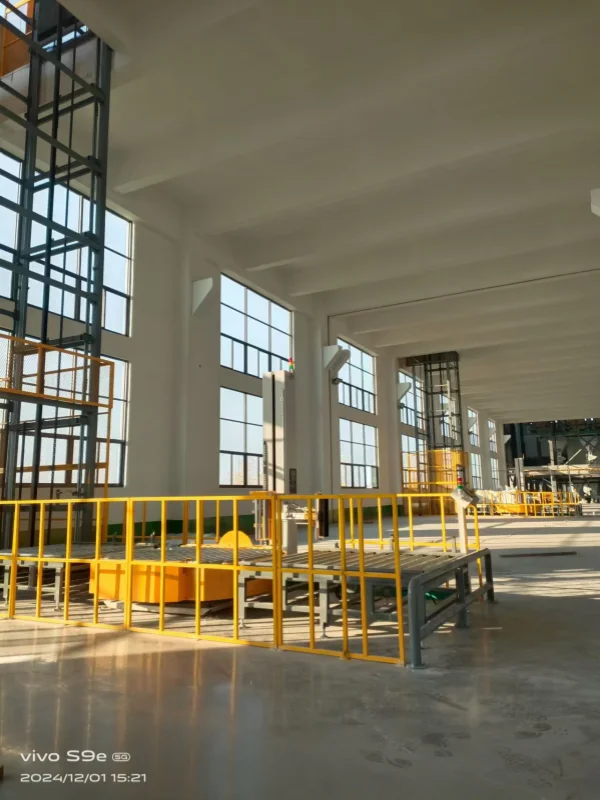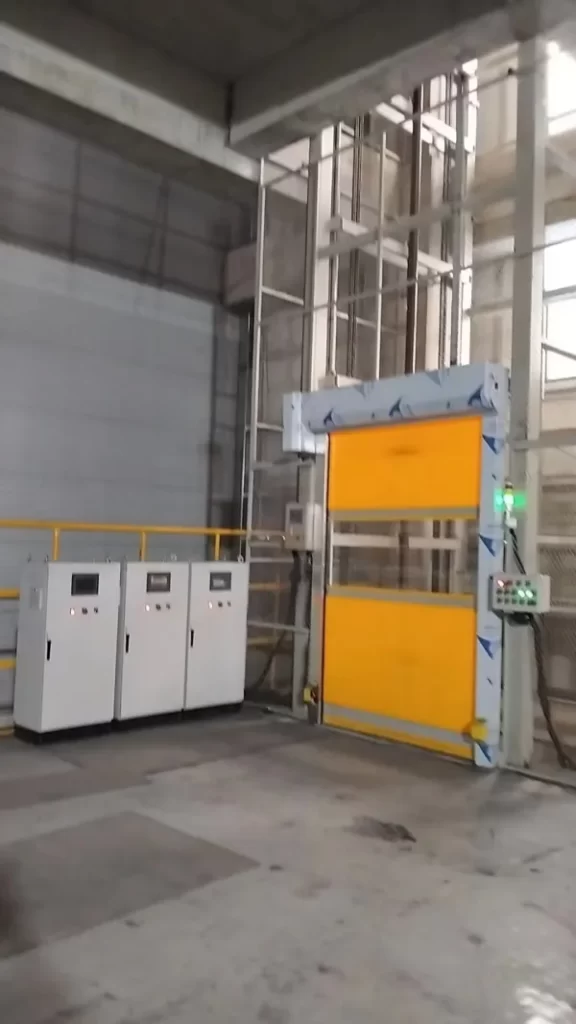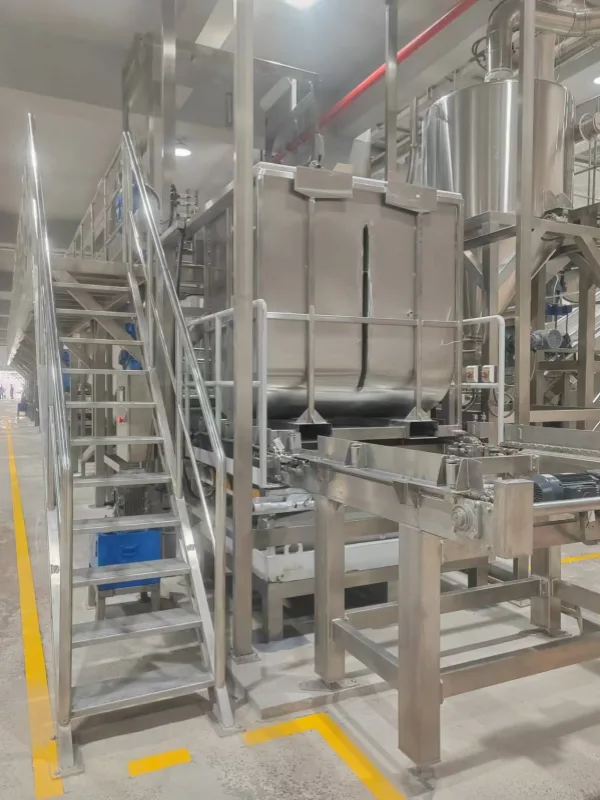24m elektrické teleskopické výtahy
Elektrické teleskopické výtahy G-J24Li s maximální pracovní výškou 26,2 m nabízejí bezkonkurenční produktivitu. Model G-J24Li je ideální pro výškové stavby, údržbu telekomunikačních věží a průmyslové úkoly a je vybaven vodotěsností IP65 pro odolnost za každého počasí. Jeho elektrický pohon zajišťuje ekologický provoz, zatímco pohon všech kol a vyvážené nápravy poskytují vynikající trakci a stabilitu v jakémkoli terénu. Zvyšte svou produktivitu a bezpečnost s všestranným elektrickým teleskopickým výložníkem G-J24Li.
Modely a specifikace
| Specifikace | |
| Max. Pracovní výška | 26.2m |
| Max. Výška plošiny | 24.2m |
| Max. Pracovní poloměr | 20m |
| Rozměry platformy | 2.4*0.9m |
| Ⓐ Length(stowed) | 10.9m |
| Ⓑ Width(stowed) | 2.49m |
| Ⓒ Height(stowed) | 2.92m |
| Ⓓ Wheelbase | 3.2m |
| Světlá výška - střed | 0.3m |
| Hmotnost | 15100 kg |
| Produktivita | |
| Max. Zvedací kapacita | 300 kg/450 kg |
| Počet osob na nástupišti | 3 |
| Otáčení platformy | ±80° |
| Otáčení gramofonu | 360° Continuous |
| Jib rotation (up/down) | ±70° |
| Rychlost pohonu - uloženo | 5.5km/h |
| Stupňovitost - uloženo | 45% |
| Max. Pracovní úhel (aktivace snímače náklonu) | 3° |
| Poloměr otáčení (vnější) | 6.5m |
| Drive and steer mode | 4*2 |
| Power | |
| Baterie | 80V/500Ah |
| Řídicí napětí | 12V |
| Motor čerpadla | 30kw |
| Pohonný motor | 5,2 kW |
| Lithiová baterie | Standardní |
Funkce

Ovládací panel plošiny Bosch Rexroth je vybaven proporcionálním joystickem a tlačítkem nouzového zastavení.

Pozemní ovládací panel Bosch Rexroth má vodotěsné provedení IP65 a tlačítko nouzového zastavení.

Výložník využívá technologii samočinného spouštění a hydraulický systém citlivý na zatížení, který zajišťuje plynulý a energeticky úsporný provoz.

Plošina se dokáže automaticky vyrovnat v rozsahu otáčení ±80°.

Díky plynulému otáčení otočného stolu o 360° se plošina dostane na pracoviště s větší flexibilitou.

Pokročilá technologie pohonu všech kol AC v kombinaci s řízením diferenciálu výrazně snižuje opotřebení pneumatik a míru přetížení motoru.

Je vybaven pevnými pneumatikami, odolnými proti smyku a výbuchu s delší životností, které zajišťují stabilní provoz a šetří práci.

Vlečný řetěz teleskopického výložníku mezinárodní značky nabízí bezpečnostní ochranu a možnost vedení kabelů uvnitř výložníku.
Videa
Schéma
Ostatní výložníky
ČASTO KLADENÉ DOTAZY
Vlastní možnosti
Přizpůsobení výtahů
Speciální velikost, konfigurace, mobilní, vysokocyklové nebo automatizované - pokud potřebujete výtah pro specifickou funkci, máme k dispozici materiály, komponenty a konstrukční techniky, abychom pro vaši aplikaci vytvořili jedinečné zvedací řešení.
Videa o produktech Lift
Pouzdra na míru
Modulární vertikální zdvih s vidlicovým ramenem | Vertikální doprava 2000 jednotek za hodinu | Systém třídění více materiálů
Kontinuální vertikální dopravník s vidlicovým ramenem z nerezové oceli | Řešení pro manipulaci s materiálem v čistých prostorách
Řetězový dopravník z nerezové oceli pro sušené mléko | 304 Food-Grade Custom Solution
Pístový výtah SJD0.05-6 pro sklady potravinářského průmyslu
Kalibrace testování autonomních vozidel Rotační platforma
Podvodní zvedací plošina nůžkového typu z nerezové oceli 316L
Efektivní a stabilní hydraulický výtah pro nakládku a vykládku v tabákovém průmyslu
3-tunový řetězový flip stroj pro dvojité šroubové čerpadlo
Nákladní výtah z nerezové oceli 304 pro manipulaci s farmaceutickými surovinami
Pístový výtah určený pro přepravu kočičího steliva
Efektivní vertikální pístový výtah: Řešení na míru pro hromadnou přepravu v průmyslu lithiových baterií
Zvedací plošina z nerezové oceli 316: Automatizované dopravní řešení pro pivovary
| KAPACITA VÝTAHU | |
|---|---|
| DÉLKA PLOŠINY | 1 - 3 m |
| ŠÍŘKA PLATFORMY | ≤ 1 m |
| CESTOVNÍ VZDÁLENOST | > 11 m |

